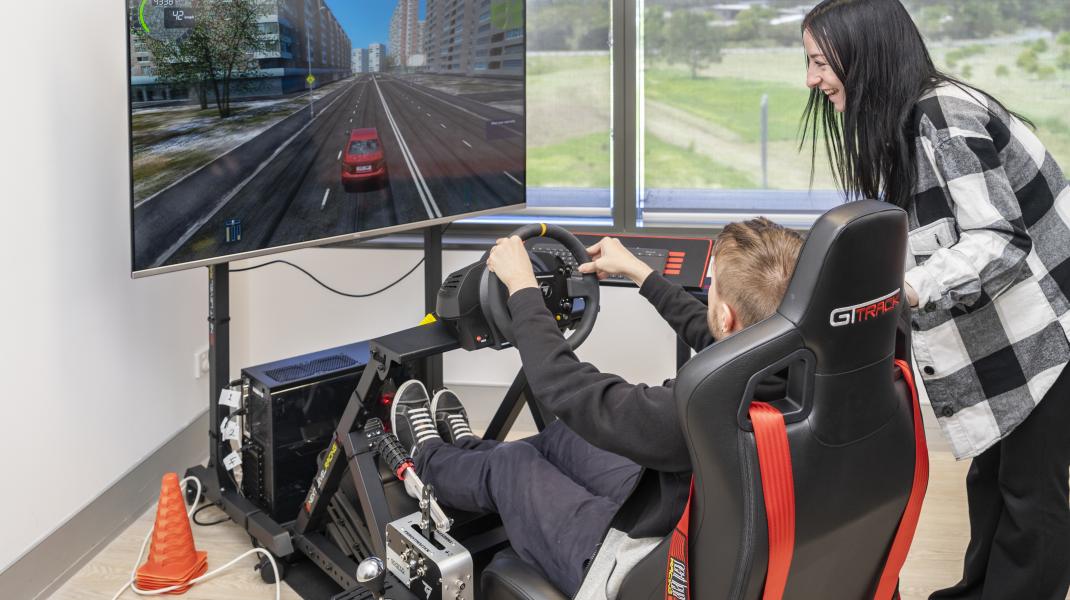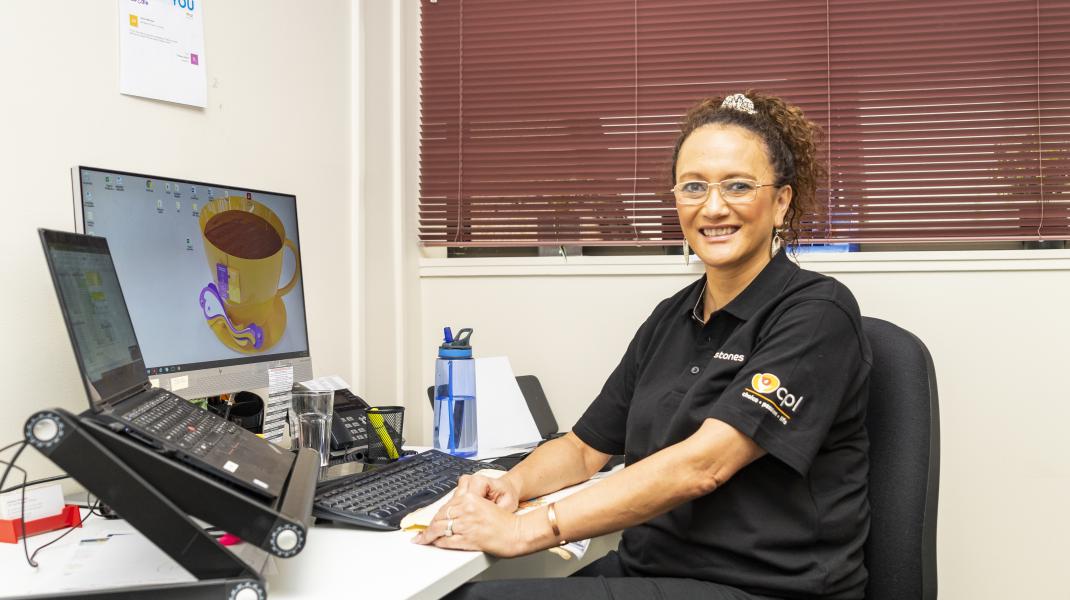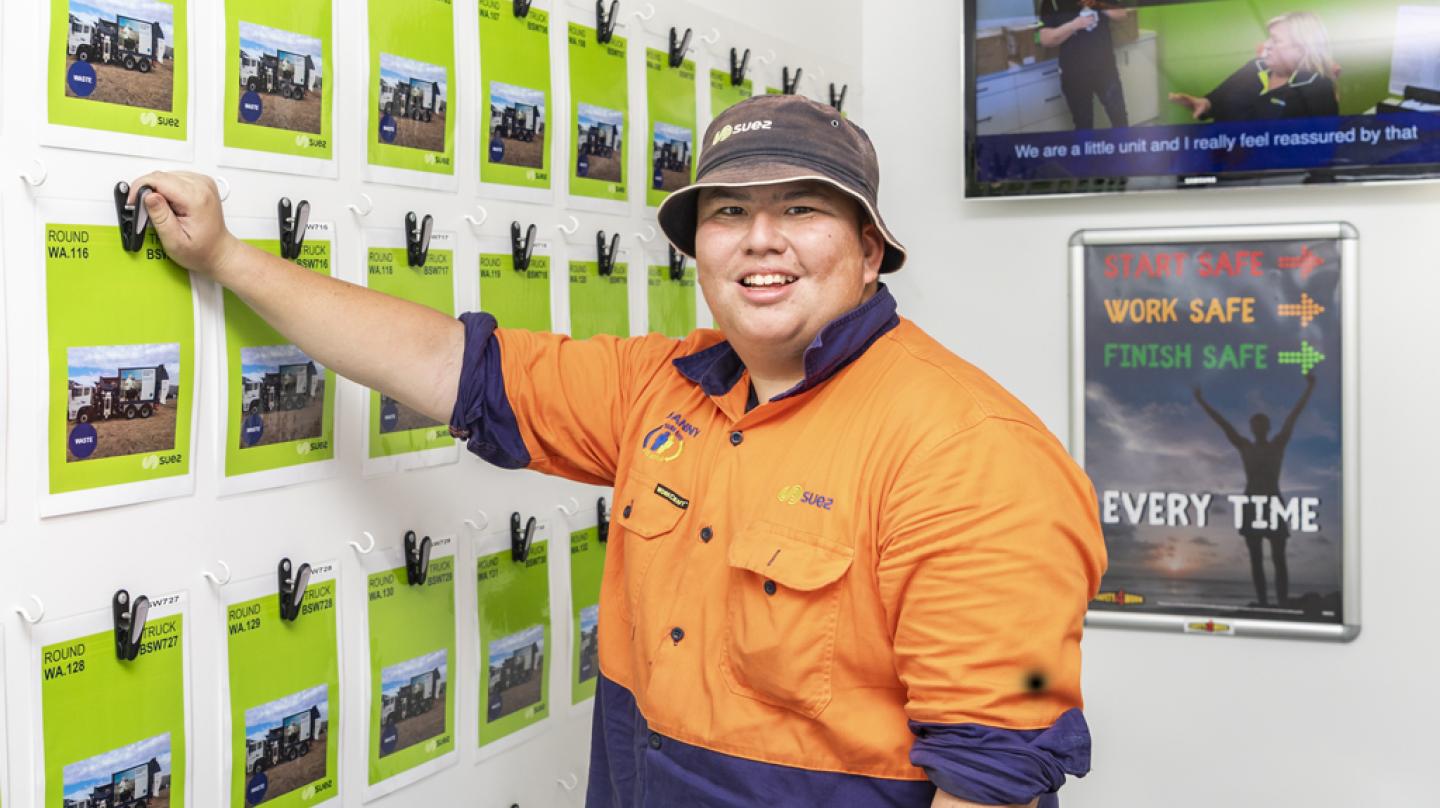
Understanding vision impairment
Finding a job you enjoy is an important part of your wellbeing. It provides financial security, builds social and professional networks and helps boost your knowledge and skills. But when you are blind or have low vision, you can experience challenges above and beyond those faced by other job seekers. We will support you on your employment journey every step of the way.
Facts about vision impairment
There are many different types of vision loss, ranging from mild vision impairment to total blindness. These can be caused by various conditions and diseases, including as the result of an accident.
- It is estimated there are over 575,000 people who are blind or vision impaired currently living in Australia
- Chronic eye conditions vary in their presentation, treatment and consequences, but almost all are more common in older people
- It's estimated that one out of every 2,500 children born in Australia will be diagnosed with severe vision loss
- Just five conditions are responsible for over 80 per cent of vision impairment in Australia: uncorrected refractive error, cataract, age-related macular degeneration, diabetic retinopathy and glaucoma.
References:
Symptoms of vision impairment
Any changes to your vision can be a sign of visual impairment. Some of the symptoms include:
- Blurred vision up close or at a distance
- Pain in and around your eyes
- Headaches
- Sensitivity to light
- Hazy vision
- Double vision
- Seeing spots, flashes of light or halo of light around objects
- Shadows in front of your vision
References:
The Fred Hollows Foundation
Workplace modifications
To ensure your needs are met in the workplace we may discuss with you and your employer the following modifications:
- evaluation of workplace lighting to ensure it meets Australian Standards with the addition of specific task lighting if required for increased brightness or contrast
- placement of all frequently used items within easy reach
- If colour discrimination is required as part of the role, identify solutions to this or avoid tasks that requires good colour discrimination
- avoidance of glare by use of a hat or sunglasses or, if inside, changing placement of workstation or the installation of blinds or curtains over windows
- facilities and accommodations within the workplace if a guide dog is used to assist with safe navigation in and around the workplace
- regular eye rest breaks in which the eyes are closed
We can help you navigate your requirements for specialised equipment including:
- magnification software to assist with computer screen magnification or text to speech software
- larger computer monitor to assist with viewing text, along with modification of contrast, screen versus text colours and brightness levels
- magnification aids and devices either portable or desk based to magnify hard copy documents or panels such as that on a photocopier
- specialised scanning software which allows rapid scanning of hard copy documents which are then saved to computer for enlarged viewing or listening to via text to speech
- adaptive technology to overcome workplace barriers such as barcode scanners for labelling items for easy location or Braille equipment
- large button phones or mobiles with text to speech software to allow for use of text messaging
- GPS equipment or smartphone GPS applications with speech output to assist with navigation when traveling for work
Reference: JobAccess

Assistive Tech Meets Augmented Reality
Read about how technology is supporting people with disabilities to communicate and access the world around them.

Contact us
Give us a call on 1300 635 627 to discuss your employment goals with our Mylestones team, or send an online enquiry and we'll be in touch.


